Japanese pottery
History
Japanese pottery has a long and storied history, dating back to the Jōmon period (14,000–300 BC). The earliest pottery in Japan was made during this period, and the techniques and styles developed then continue to influence Japanese pottery today.
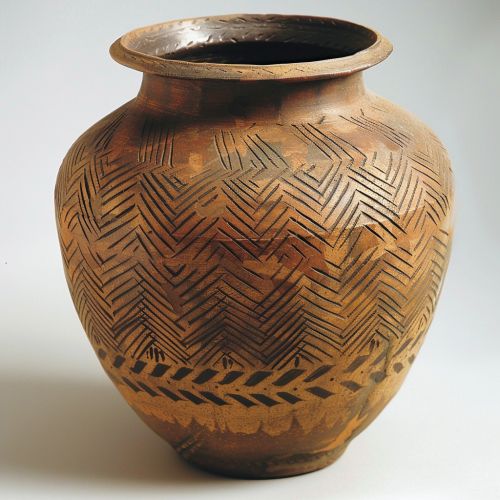
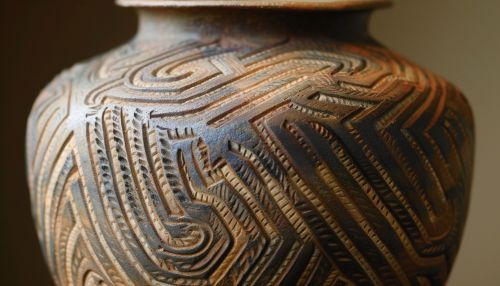
During the Yayoi period (300 BC–300 AD), pottery was primarily used for practical purposes, such as storage and cooking. The pottery of this period is characterized by its simple, unadorned style.
The Kofun period (300–710 AD) saw the development of Haniwa, terracotta clay figures that were used for ritual purposes. These figures are a significant part of the history of Japanese pottery, as they demonstrate the use of pottery for purposes beyond the purely practical.
The Nara period (710–794) and Heian period (794–1185) saw the introduction of Chinese and Korean pottery techniques and styles, which greatly influenced the development of Japanese pottery.
Techniques
There are several key techniques used in Japanese pottery, many of which have been passed down through generations.

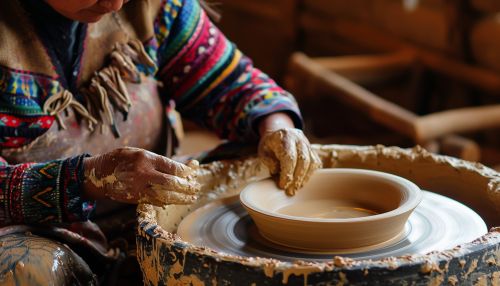
One of the most fundamental techniques is the use of a potter's wheel. This device allows the potter to shape the clay while it is spinning, creating symmetrical, round pieces.
Another important technique is the use of glazes. Glazes are a type of glassy coating that is applied to the pottery before it is fired. They can add color, texture, and a glossy finish to the pottery. There are many different types of glazes used in Japanese pottery, including ash glaze, iron glaze, and celadon glaze.
Styles and Types
There are many different styles and types of Japanese pottery, each with its own unique characteristics and history.
One of the most well-known types of Japanese pottery is Raku ware. This type of pottery is characterized by its hand-shaped pieces and the use of a specific firing process that results in a distinctive crackled glaze.
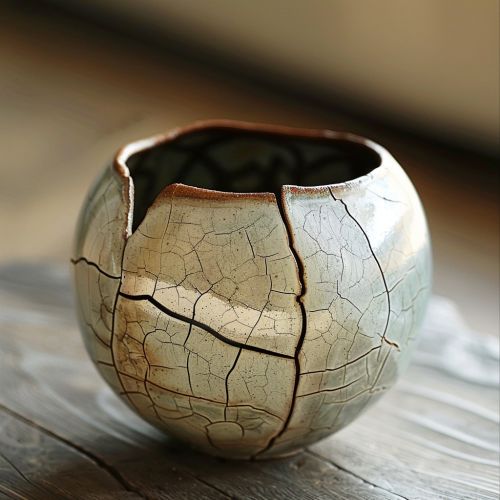
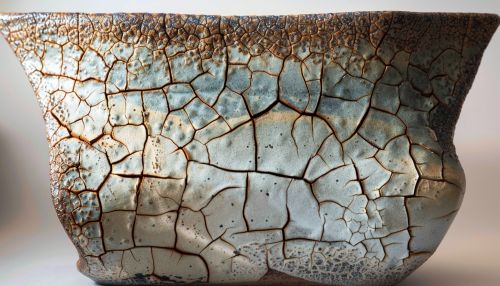
Another significant type of Japanese pottery is Imari ware. This type of pottery is known for its colorful, intricate designs and the use of gold leaf.
Satsuma ware is another important type of Japanese pottery. This type of pottery is characterized by its cream-colored body, clear glaze, and detailed polychrome decoration.
Modern Japanese Pottery
Modern Japanese pottery continues to draw on the techniques and styles of the past, while also incorporating new ideas and influences. Many modern Japanese potters strive to balance tradition and innovation in their work.
